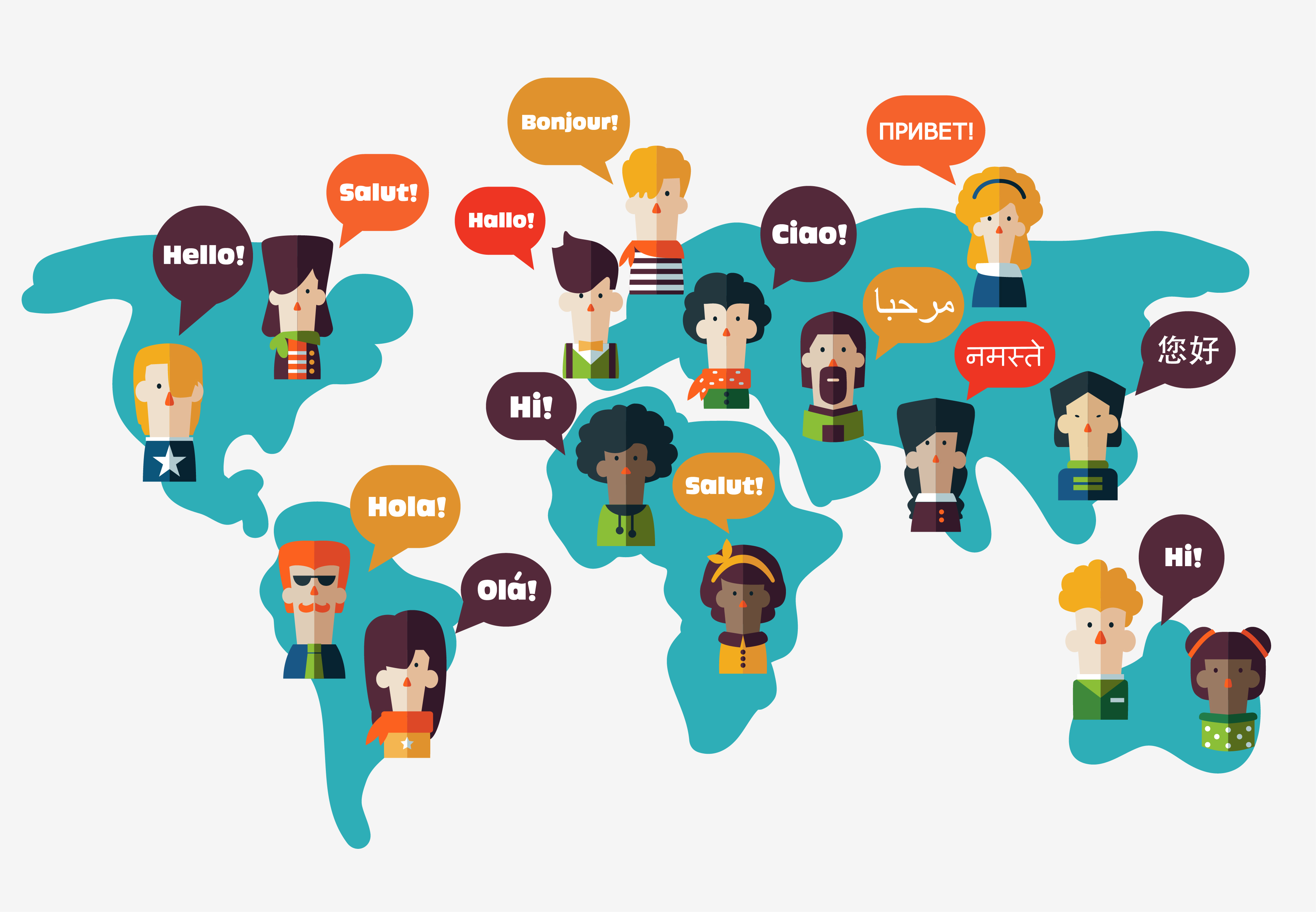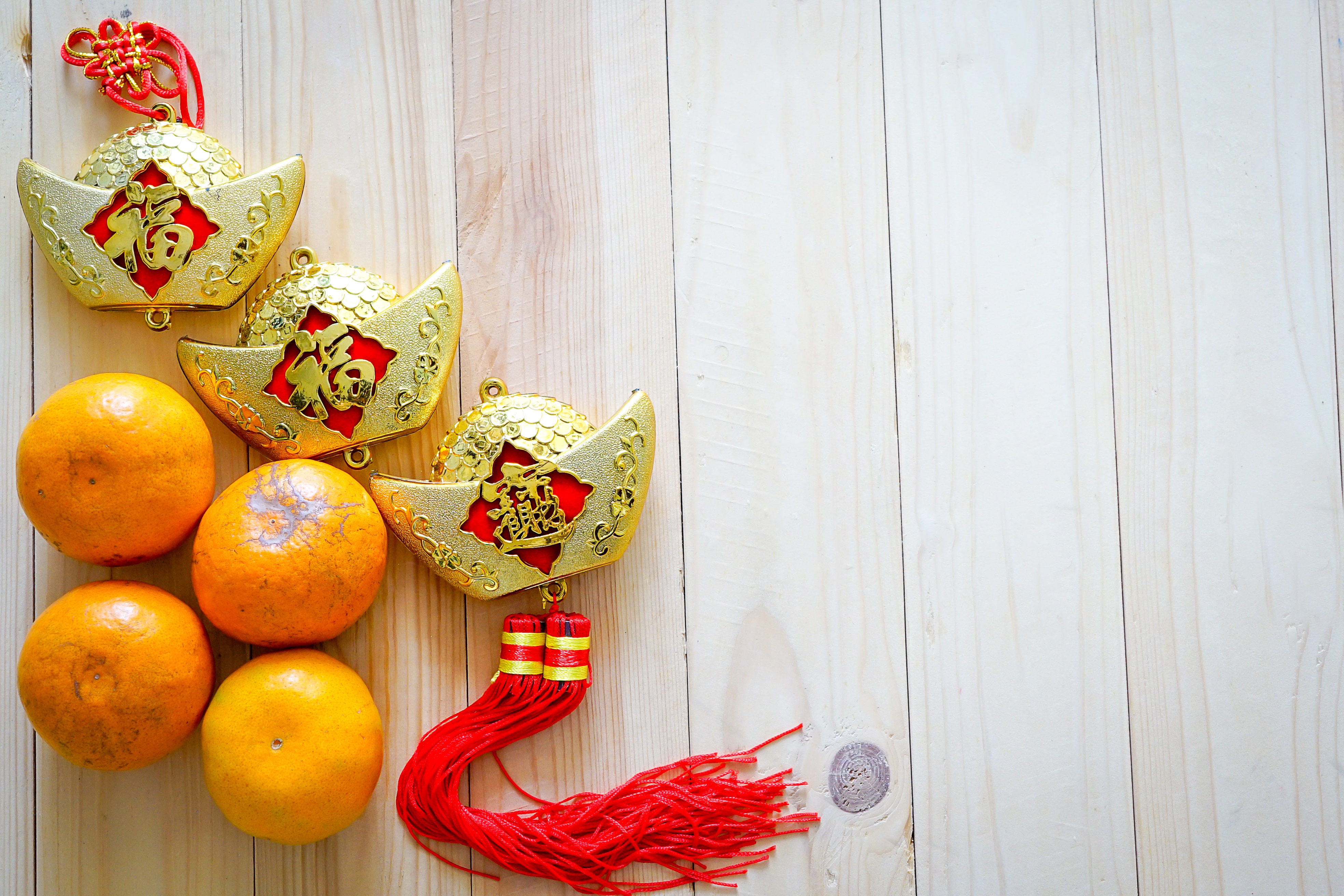Expanding your business abroad?
Need a multilingual website?
Communicating with an online audience in many languages at once can be a challenge for even the most experienced business owners and marketers.
A multilingual website is a must for many, but how can you make sure your website is properly executed?
Here's what you'll need to discuss with your web developers or web agency before hitting the big green button and going multilingual for the first time....

Why Go Multilingual?
Creating multilingual websites can be a headache, but it’s worth it in the long run.
Here are the key reasons you should be building a multilingual website for your business:
- You can reach a wider global audience: share your awesome content, product or service with people all over the world and build an international following.
- It shows that you are a culturally aware and established brand: if done well, a multilingual website commands respect.
- You can make your business more agile: adapting to a globalised world means making your business more flexible & future-proof.
- You can target new markets: a launching a multilingual website is an opportunity to reach new customers.

Best Practice Web Development for Multilingual Websites
Before creating multilingual content, there are some key things you will need to factor into the initial website design and development process.
Make sure your web developers have covered all these points; it will save you a lot of headaches in the long run.
Geo-Targeting & URLs
There are a few different approaches you can take with your URLs...
- A subdirectory such as .com/fr is often the most cost-effective and quickest option.
- However, because of the increasingly sophisticated geo-targeting from Google, ccTLD URLS are generally preferred over a subdirectory with a gTLD (jargon overload). In plain English: a site URL that ends in .fr is preferable over com/fr. The downside to this method is that you would have to build up the page authority again for each new country domain.
- You could use a combination of both, where gTLD (.fr) is for completely unique content, whereas merely translated content comes under a gtLD subdirectory (com/fr).
- You can also combine languages and locations in the subdomains- such as .com/fr-ca.
Here are the Google Webmaster guidelines on URL best practice.
User Journey & User Experience
Multilingual sites are big and complex beasts. Adding more languages to an already busy site can negatively impact the user-journey and experience. Try to put yourself in the users' shoes and think about how you'd want to switch between languages. Make the process as simple and as pain-free as possible.
- Avoid too many duplicate items on the menu: Avoid cluttering the menu bar with loads of choices; try to integrate language choices in a more natural way
- Don't break up the user journey: Don’t break up the user journey with unnecessary redirects to the home page when users choose their language
- Are flags really the best language markers: This is a popular choice, but consider whether the Spanish flag covers Spanish for Argentinians and Chileans as well? Are you alienating, or confusing, certain markets with your choice?
Web Design & Styling
- Flexible web design is language responsive: Languages take up different amounts of space on a page, so you will need a design that allows for this fluctuation by expanding and shrinking
- Choosing a flexible font: Different languages & alphabets need different font sizes, make sure this is factored into your style sheets with fonts that support all languages
Technical Stuff
It’s important to identify the language of every page in the code. Check out this comprehensive W3C guide on authoring HTML in different languages.
The HTML language code will look like this: <html lang="en">, where “en” is the language code for English.
SEO
Google does not recognise ‘lang’ attributers in the page code, but tries to read the site itself.
Thus for SEO purposes, it’s best to use one language per page.
Nomensa has a great blog post about this and this is what Google says about multilingual websites.

How Do You Translate a Website?
Hiring a native-level translator allows you to get real-time liaison over page content, and saves you from any embarassing faux-pas.
You can find translators locally, or head online; nowadays finding competent translators is relatively straightforward.
Translation software may be an initial option to help you plan site structures or keywords, but you will only really get a quality service from a certified translator.
Get expert sign-off on final page copy.
Top tip:
Make sure you have cross-cultural copywriting (also known as transcreation) factored into your translation.
This means your site will be correct in its tone, register, and cultural context.
Cultural Differences
Changing language isn’t just about mechanics, you shift cultures too. Don’t forget the following:
- In some cultures certain designs, images, colours, and even numbers have negative connotations. The system of Chinese inauspicious numbers is homophonic. Four is unlucky because the word for number four sounds like the word for death.
- Sales culture varies greatly from country to country. An Americanised hard-sell approach might not be appropriate for a French audience.
- Think about the appropriateness of the imagery in terms of gender and ethnicity as well.
International SEO & Localisation
Doing SEO for a multilingual website is not that different than doing SEO for any other site.
A key factor for international SEO success is correct localisation. This means making every aspect of your site content (which includes time zones and currencies) relevant to your local target market.
- Host your site on a local IP
- Link to local content
- Get links from local resources
- Utilise local search engines like Yandex in Russia and Baidu in China
Here is the MOZ guide to International SEO. For SEO, it’s always a good idea to see what Google themselves are saying about multilingual sites too.
Building a multilingual website needs expert input and guidance.
Here at GWS Media, we can provide advice to help you with your multilingual website build, including information on how to make it convert and rank.
